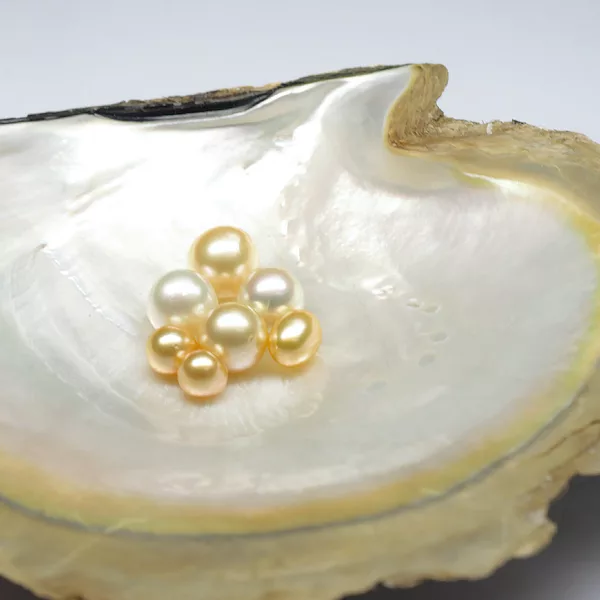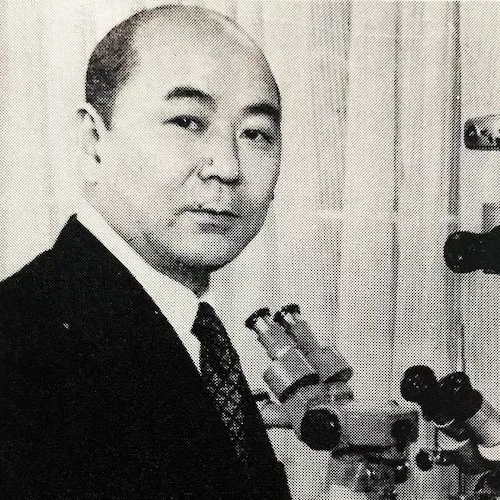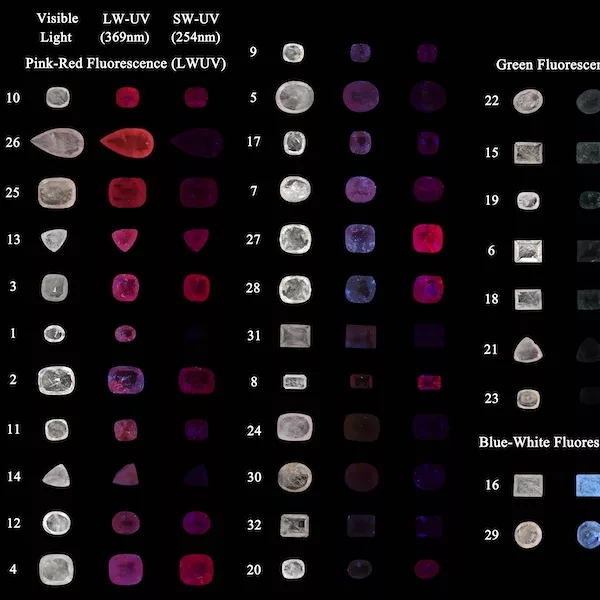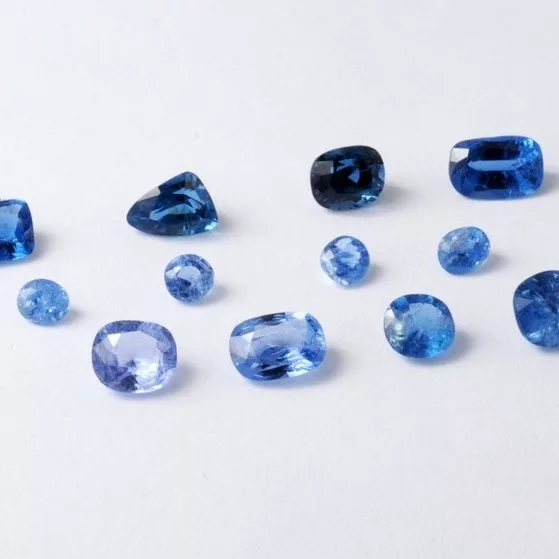Analysis of Myanmar golden-lipped cultured pearls using X-ray radiography, EDXRF, UV-Vis-NIR and Raman spectroscopy
Keywords: Myanmar, cultured pearls, Pinctada maxima
Introduction
Myanmar golden-lipped pearl oysters (Pinctada maxima) are well-known to be found at the Myeik Archipelago – formerly also known as Mergui Archipelago – in the Andaman Sea in southern Myanmar (Tint Tun 1998; Strack 2006). One of the authors (TTS) visited there a pearl farm on February 2020 just before COVID-19 hit the world. The pearl farm is a joint venture between Myanmar Pearl Fishing & Culture Syndicate (government owned) and the South Sea Pearl Co. The farm is situated at Pa Lel Kyun (formerly known as Sir J. Malcolm island) about 70 nautical miles south-west of the city of Myeik (Tay et al, 2021). According to Myanmar Pearl Enterprise, about 1.3 million cultured pearls were produced that weighed 764,151 momme (about 2.8 t) in the two years period from 2019 to 2020 (Sze Man, 2018, 2019; Sto. Domingo, 2020).
The mollusc used for pearl cultivation is Pinctada maxima. From growing the spats either in the sea or the modern hatchery station, to eventually allowing the spat to grow to a size suitable for culturing (at sea) takes about 18 months. When the mollusc is about 12 cm in size, it is then implanted with a spherical bead nucleus of 4.5-7.0 mm size. It takes then another two years before the cultured pearl is harvested from the mollusc.

The author (TTS) bought seven cultured pearls from the pearl supplier at Myeik for further research. Their size ranges from 9 to 14 mm, and colour from yellow, light yellow to slightly cream. Besides basic gemmological methods such as binocular microscope, further analysis using x-ray radiography, UV-Vis-NIR reflectometry and EDXRF were applied to characterise these cultured pearls.
Gemmological investigation:
X-ray radiography of these seven samples confirms that they all are bead nucleated. Interestingly, the nacre overgrowth in these samples varies considerably in thickness from about 0.5 mm to about 3 mm with an average of about 2 mm (Fig.2). This may indicate that harvesting was done after different growth time in the mollusc (e.g. 1 to 3 years) apart from individual differences in nacre accumulation rates in individual molluscs. Chemical analyses with EDXRF revealed a chemical composition typical for saltwater (cultured) pearls, consisting nearly entirely of CaCO3 with only traces of Mn and Sr. All seven cultured pearl samples were examined in reflectivity mode using a UV-visNIR spectrophotometer. The reflectance spectra show an increasing reflectivity in the 330-450nm range (Fig.3), thus indicating that the yellow colour of these cultured pearls from Pinctada maxima is natural (Elen, 2001, Karampelas 2012). This was further confirmed using Raman spectroscopy (using a 514 nm argon laser) where small broad natural pigment-related Raman bands were commonly observed in Pinctada maxima apart from distinct peaks related to aragonite (nacre). In addition, X-ray micro-tomography was applied on all seven bead cultured pearls to further characterise their internal structure, specifically also to confirm that the spherical beads were cut from a (freshwater) shell showing parallel nacre layering.
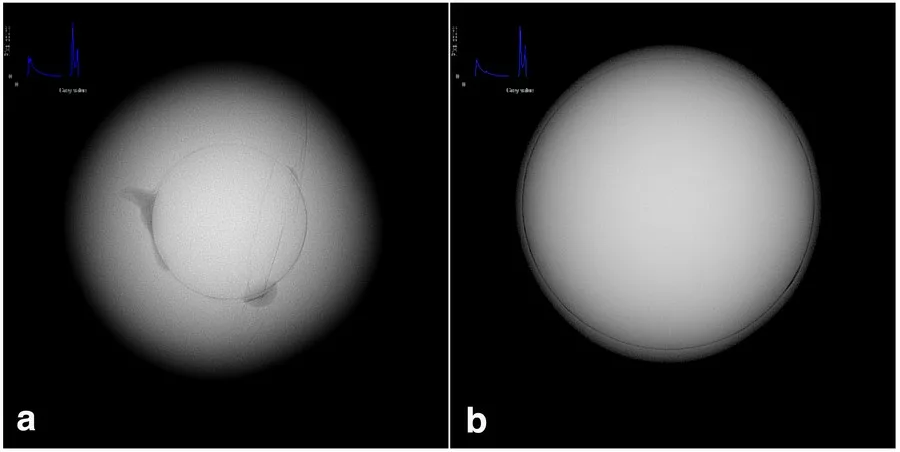
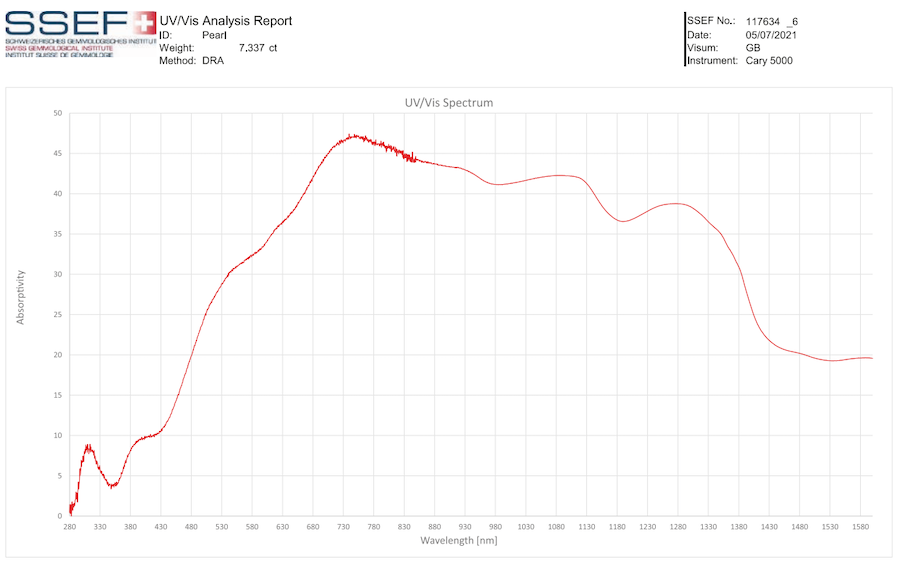
Conclusion
The Pa Lel Kyun (or “Pearl island”) in Myanmar has been producing golden-lipped cultured pearls since 1954. Seven cultured pearls were analysed and our findings using advanced instruments on a selection of this production confirm that these pearls are indeed “classic” bead-nucleated, saltwater cultured pearls, with a natural yellow colour.
References:
- Bernardette Sto. Domingo, 2020. Myanmar eyes solid footing in global pearl market. Jewellery Net: Market Intelligence News, 3th February 2020. http://www.jewellerynet.com/en/jnanews/features/23683
- Elen S., 2001. Spectral reflectance and fluorescence characteristics of natural-color and heat-treated “golden” South Sea cultured pearls. Gems & Gemology, 37 (2), 114-123
- Karampelas S., 2012. Spectral characteristics of natural-color saltwater cultured pearls from Pinctada maxima. Gems & Gemology, 48 (3), 193-197. http://dx.doi.org/10.5741/ GEMS.48.3.193.
- Strack, E., 2006. Pearl. Ruhle-Diebener-Verlag, Germany, pp. 696
- Sze Man Young, 2018. Myanmar pearl dealer eyes Asia. JNA, 46.
- Sze Man Young, 2019. Myanmar finds footing in global pearl sector. Pearl Report, 36.
- Tay Thye Sun, Thet Tin Nyunt, Myo Lwin, Tay Zar Linn, 2021. Visit to a gold-lipped cultured pearl farm in Myanmar. Journal Gemmology, 37 (5), 463-464
- Tint Tun, 1998. Myanmar pearling: past, present and future. In: SPC Pearl Oyster Information Bulletin, 12, 3-7
Acknowledgements:
Many thanks to travelling companion Mr Nyi Nyi Aung and also to Mr Win Thein (Assistant General Manager) and Mr Sai Aye Cho (marine biologist) and the staff of Myanmar Pearl Enterprise at Pa Lel Kyun.

